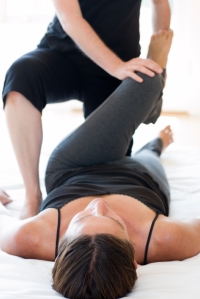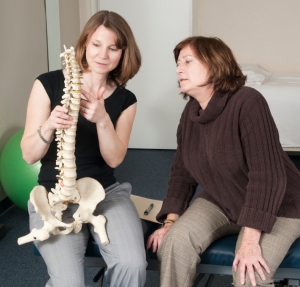Fit for what? An event or for life in general?
Are you aiming to be Fit for a specific event? Fit because it’s good for you? OR, Fit so you can be active for the whole of your life?
It’s a question I have found myself pondering for a long while and one which has changed my approach to fitness in recent years.
There are several reasons that lead people to join a gym or a class and a several more that prevent people from keeping it up on a permanent basis. To benefit from exercise it must be for life, not just for a few months or in the ‘post-Christmas diet’ weeks.
The question then is what type of exercise can you keep up on a permanent basis? The answer to that question depends on your aim. If you are booked to run a marathon the exercise should be a specific programme ensuring you are in the best physical shape for that event. If you feel that being fit is ‘good for you’ give some thought to exactly what you mean by that phrase. Do you mean keeping your heart healthy, keeping muscles toned, controlling weight gain or simply an all over general fitness? Or would you like to give your body the best chance of keeping you active for the whole of your life?
In recent years I have changed my approach to exercise. I have undertaken extensive training to help those with back pain, arthritis, restricted mobility and other chronic conditions continue to exercise. The results have been amazing and for some life changing. It has made me realise that an exercise programme which aims to keep you active for the whole of your life can be easy to follow and enjoyable as well as beneficial. It is not looking to get you to a high level of fitness where there is a risk of injury. It is not offering any exercises which put unnecessary strain on the joints. It is simply keeping your body in the optimum condition possible while taking account of its current state.
Many of my clients walk, cycle, ride, look after children or are simply busy. In this way they already get a reasonable amount of cardiovascular work. It may be at a low level but it’s done on a regular basis week in week out. What I offer is a complimenting exercise programme to enable them to lead an active life for the rest of their lives.
Key aims are:
Keeping joints mobile
Correcting muscle imbalances
Building a strong core
Maintaining a healthy back
Preventing the deterioration of balance
Ensuring muscles can stretch to optimum lengths.
To take part in a this type of class you won’t need gym clothing and you probably won’t get hot and sweaty. You will benefit from feeling that your body moves more freely, your back aches less, your joints have more range and you will feel more stable when you take part in other activities or sports. You will also benefit from the shared knowledge of what to expect as your body gets older and what you can do to keep reduce the effect of aging process on muscles joints and bones.
Remember that this is general advice. If you have a specific condition I recommend that you book a one to one session first so I can assess the best way to help you.



